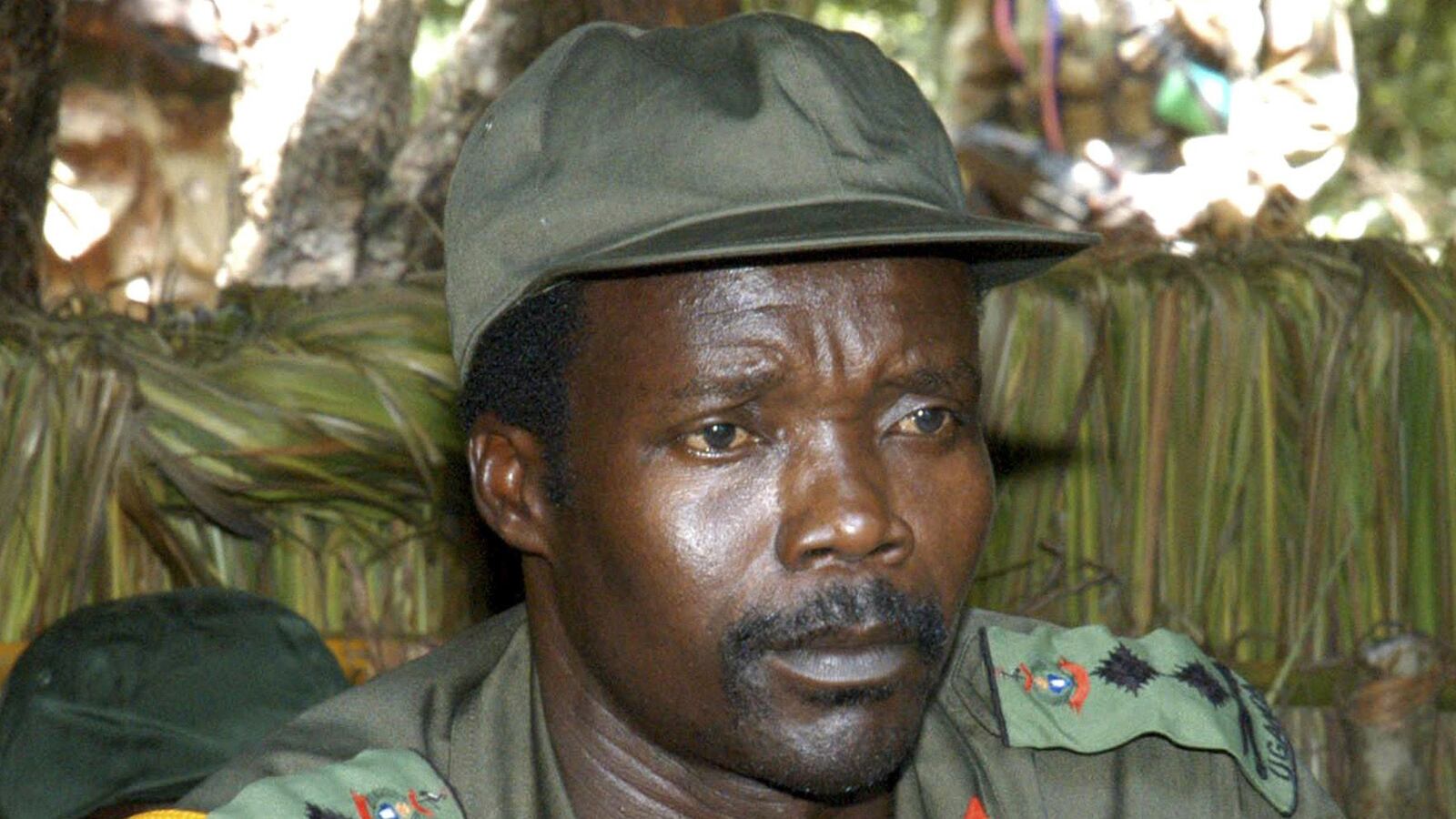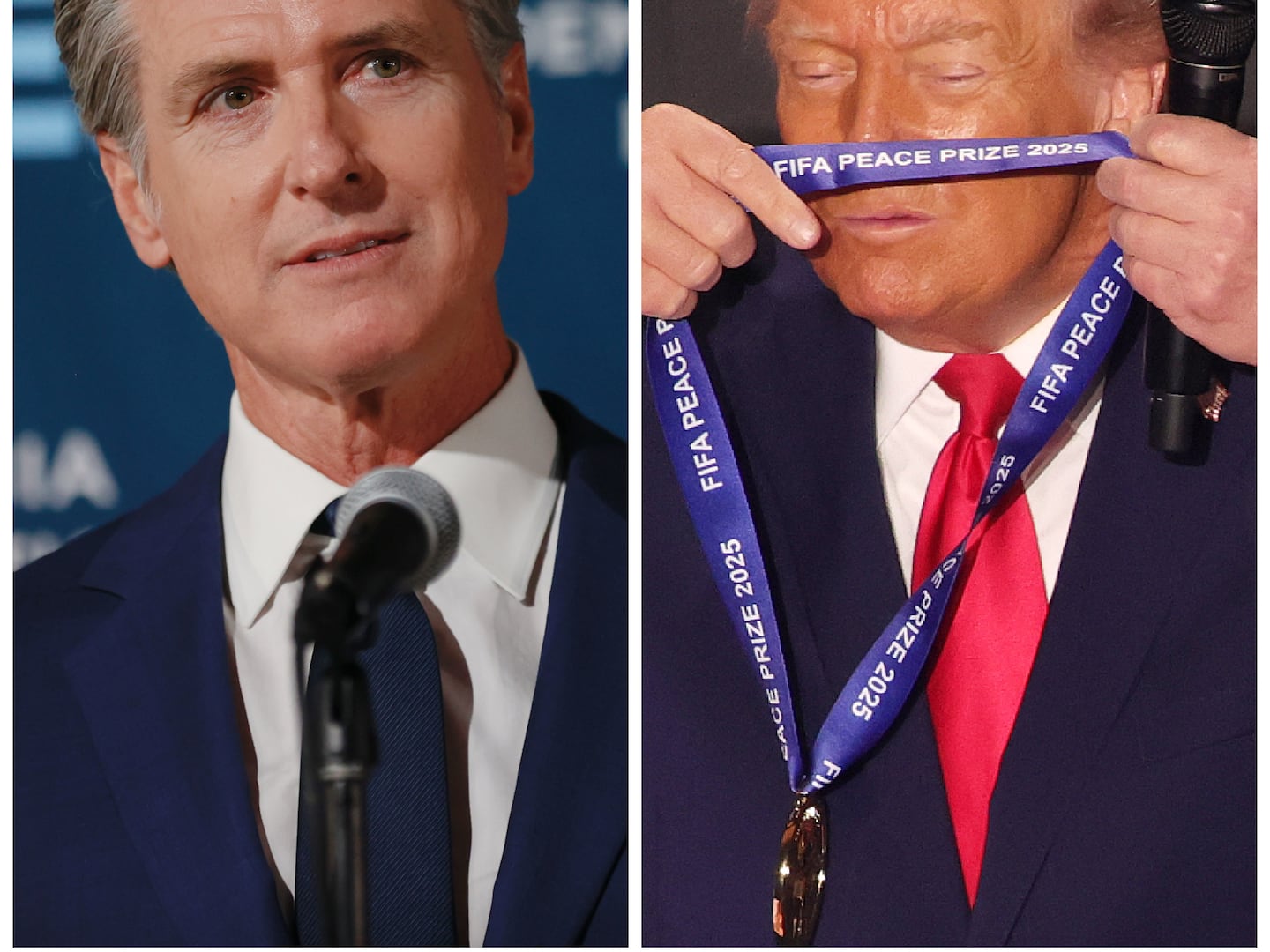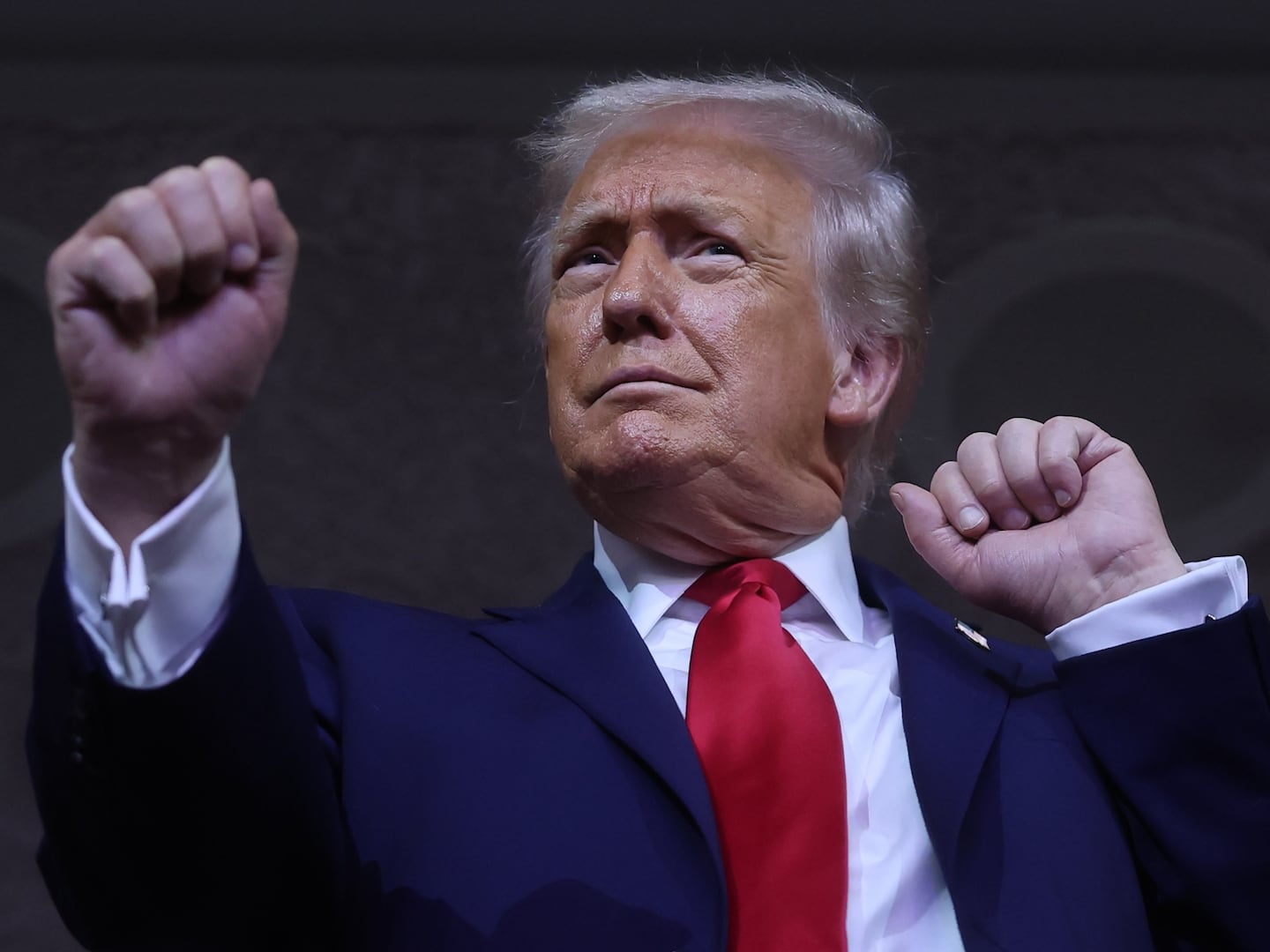GULU, Uganda — Peter Kidega didn’t know the man at the end of his rifle. Only that someone had to die. “The rebels told me I was to kill this man,” Kidega says. “If I refused, they would kill me.” At the time, Kidega was 19 years old.
Both Kidega and the man were hostages of the Lord’s Resistance Army (LRA). Both had been kidnapped from Agago district in northern Uganda. But only one would die that day in 2003.
The man became too tired to journey on into the bush. The rebels tied the victim’s hands behind his back. Kidega then pulled the trigger, ending a man’s life for the first time. “I was fearing as much as him,” Kidega says.
Armed with fear, the Lord’s Resistance Army transformed another abductee into a killer, and cemented an allegiance.
Kidega’s loyalty would endure 14 years, until October last year, when he escaped the LRA under the cloak of darkness and surrendered in the Central African Republic (CAR). “It is very difficult in the bush because of the rain and sometimes you find no food,” Kidega told The Daily Beast in Gulu, northern Uganda. He returned to his homeland in January.
Michael Omona soon followed. The 35-year-old is one of the latest rebels to return to northern Uganda after 23 years with the LRA. The rebels snatched him from his home in 1994, aged 12. He trained as a soldier then moved up the ranks to work directly with the LRA’s infamous leader Joseph Kony as his “signaler” or communicator. Omona would send and receive messages for the warlord across the LRA’s network of guerrilla fighters. But he feared Kony would soon murder him. Omona says the warlord slaughtered his own wives and children. “I am nothing to Joseph Kony,” Omona says. “If he could kill even his own children, how about me?”
Michael Omona and Peter Kidega’s defections are another blow to Kony’s embattled Ugandan-born rebel army. A force that has dwindled from some 2000 fighters to fewer than 100, according to the United States Africa Command (AFRICOM).
The LRA began in the late 1980s and terrorized northern Uganda for about two decades, notoriously kidnapping tens of thousands of children to be fighters, sex slaves or porters, and murdering and maiming civilians. The LRA’s leader Joseph Kony became known around the world after the highly successful Kony 2012 campaign video. The self-proclaimed prophet claimed to be fighting to overthrow the Ugandan government and rule by a distorted version of the Ten Commandments.
A military offensive drove the LRA out of Uganda more than a decade ago. Its fighters scattered across the densely jungled and lawless areas between the Central African Republic (CAR), South Sudan, Sudan and the Democratic Republic of Congo (DRC). The LRA has since carried out smaller-scale attacks, which reached a six-year high in the first half of 2016, according to monitoring groups.
But now a decades-long hunt for Joseph Kony and his LRA is winding down.
Uganda began withdrawing its 1500 troops from the Central African Republic last week. “Our mission was to neutralize the LRA,” says Brig. Richard Karemire, the Uganda People’s Defence Force spokesman. “[Kony] no longer poses a security threat to Uganda—and northern Uganda in particular,” he says.
On Wednesday, the United States began withdrawing its troops from the region, six years after the Obama administration deployed about 100 U.S military advisers to give training, intelligence, and logistical support to the Ugandan-led African Union Regional Task Force hunting Kony and his top commanders. The mission has cost the Department of Defense about $780 million since 2011, according to AFRICOM.
A U.S. withdrawal was foreshadowed earlier this year, when President Donald Trump’s transition team questioned whether “huge cash outlays” were worthwhile for a rebel group that had never attacked American interests, and was no longer considered a threat.
In the past five years, the U.S.-supported African Union task force has helped remove four of the LRA’s top five commanders wanted by the International Criminal Court (ICC), according to AFRICOM. Three have been killed, one on Kony’s orders. The fourth, Dominic Ongwen, surrendered in 2014. He is currently on trial at The Hague on 70 charges, including murder, torture, and sexual slavery.
But there is one remaining from the five, the most wanted among them: Joseph Kony himself. And American and Ugandan forces are leaving empty handed.
Kony has been slinking between jungle hideouts in Sudan’s Darfur region and around central Africa, according to his ex-signaler Michael Omona. “He’s ever moving, not settled in one place,” Omona says. “That’s the reason why it’s very hard to find the guy.”
Kony is believed to have sought haven in Kafia Kingi, an enclave bordering Sudan and South Sudan hundreds of miles from U.S and Ugandan bases in central Africa.
“Kafia Kingi is controlled by the Sudanese government, [which is] not friendly to U.S and UPDF,” says researcher Paul Ronan, from the monitoring and aid group Invisible Children, which made the original Kony 2012 film. In 2013, Invisible Children co-produced a report alleging Sudan was sheltering Kony and the LRA in the area. “UPDF has conducted operations there several times in the past, but they've never been able to sustain operations there,” Ronan says.
Finding Kony has also been challenging because the warlord doesn’t use technology that can be tracked. He won’t even let technology near him, according to Omona. “You use the technology and just deliver the message or information to him,” he says.
While Kony’s Lord’s Resistance Army has weakened over the decades, his resolve has not. Michael Omona says his former master doesn't believe his military power has waned and remains committed to fighting for the Ten Commandments as he reads them. “He talks a lot about how to rule the nation, how to rule the world,” Omona says.
The withdrawal of American and Ugandan forces leaves a collection of troops from the Central African Republic, South Sudan and the Democratic Republic alone in the hunt for the warlord. They are “too weak and otherwise preoccupied,” says Ronan. “And the UN peacekeeping missions in those countries simply don't have the right troops or incentives to pursue the LRA.”
The U.S said last Thursday it would continue working with those countries with training and exercises to avoid an LRA comeback. But former LRA fighters believe Kony will capitalize on a security vacuum left by American and Ugandan troops withdrawing.
“If there are no soldiers there, they are going to attack,” says Peter Kidega.
Kony’s ex-signaler, Michael Omona, says the withdrawal will give Kony time to revive his guerrilla army and attack more people. “That’s why these people should not leave the operations, they should continue until Kony is found,” Omona says.
If Kony does rebuild, thousands of lives are at risk in central Africa. In places like Obo in the Central African Republic, locals say a U.S. and Ugandan military presence has brought relative security to the town and attacks have declined.
“I am very scared about security,” says Clémentine Zaningba from Obo. The LRA abducted members of her family, who haven’t returned to this day. “When they leave Obo then I will leave Obo as well,” Zaningba says. “I cannot live in peace out here with my children,” she says.
Obo resident Marie Francine Nangbouka also believes they are in greater danger now and is considering leaving her home. Her cousin was robbed and cut into pieces by the rebels in 2015. Nangbouka says the U.S and Ugandan military have not only provided protection from the LRA, but other armed groups in the region. “I’m begging... for [the military] to stay in the region,” she says. “It’s thanks to them that we have peace,” she says. Nangbouka, like others, believes Kony will never be found now.
But one of Kony’s most recently surrendered fighters is confident the warlord can be captured. Like those who defected before him, Peter Kidega wants to help hunt down his former leader. After more than a decade killing, capturing and looting in the bush, Kidega is trying to make sense of life after war, to carve out a future amid a troubled past.
“I want to go and fight Kony because he wasted my time a lot in the bush.” Kidega says. “I am going to find him.”






